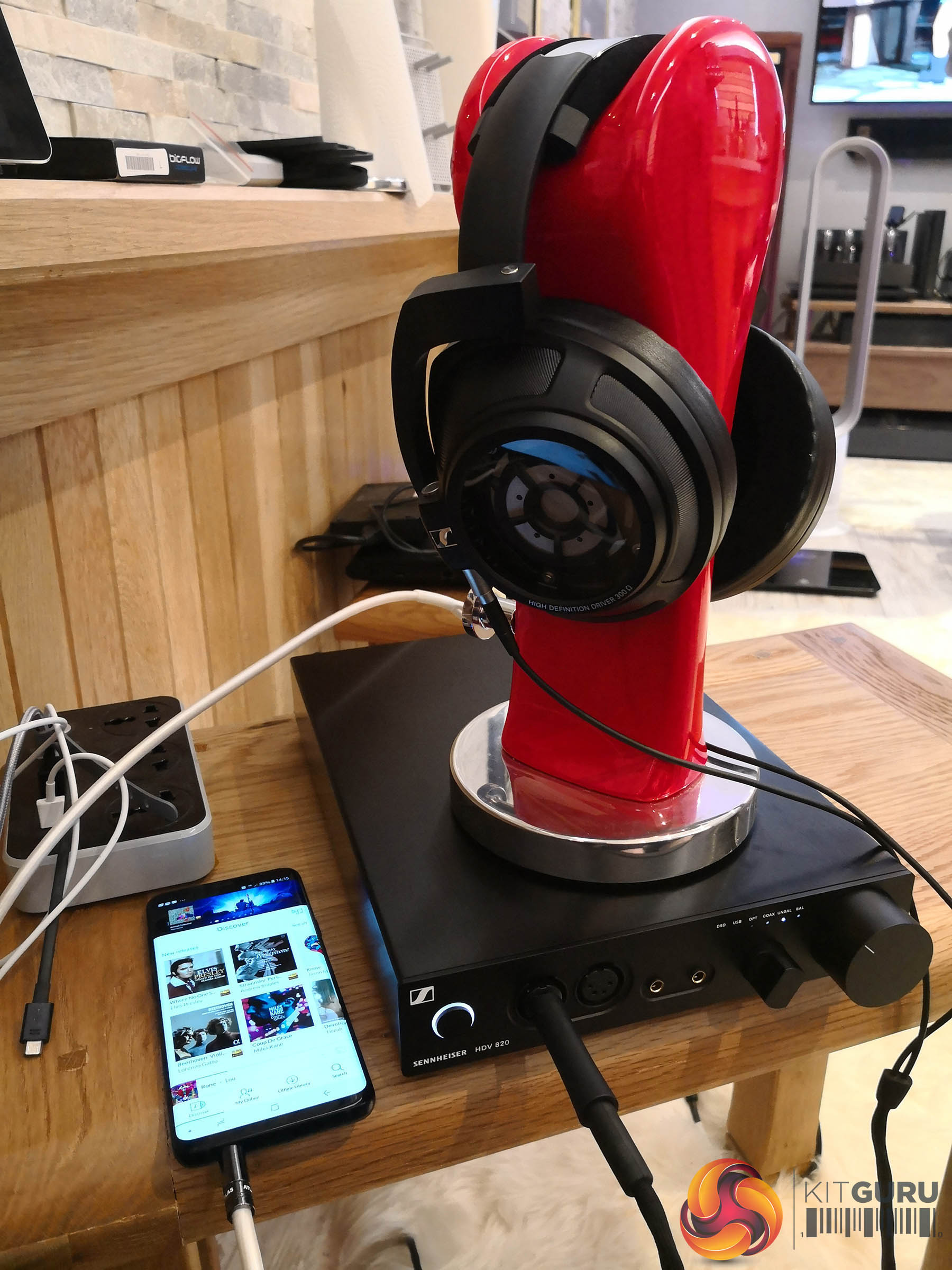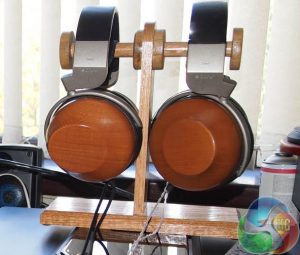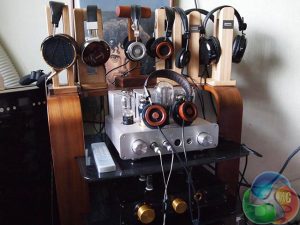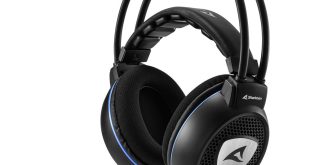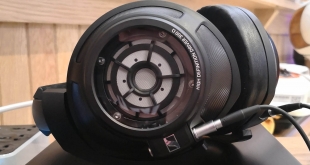
When Sennheiser release a new high end headphone, everyone in the audio world takes notice. It was therefore with great interest when they announced and subsequently released the HD820 that we have here for review today. Not because of the price jump to £2000 (from £1400 for the HD800s), but actually more that it was a closed back design. I certainly wasn't expecting that.
In the high end many of the leading headphone manufacturers primarily release open back headphone designs. The reasons for this are simple. A closed back design often suffers from compromises based around the inherent design. Any audio driven backwards towards the outer shell of the cup can escape in an open back design, but in a closed back design it will likely cause reverberations and unwanted audio deformities.
Imagine all those sound waves getting trapped inside the enclosure and bouncing off the cups – its not a characteristic anyone wants. High end closed back headphones are not that rare however – I can think of several killer closed back headphones from the likes of Fostex and Beyerdynamic and one of my particular favourites is the rather expensive Sony MDR-Z1R. I reviewed this back in May 2017, over HERE.
But before we go any further, a little background history …
When I am not running KitGuru, I spend quite a lot of time time listening to music. I have been fortunate enough to have owned pretty much all of the high end headphones ever released in the last 30 years, along with many solid state and valve (‘tube’ to our American readers) amplifiers. In all my years of listening – the Sony R10 headphones ranked as one of my all time favourites – and these were a closed back design. Only 2,000 of them were ever made and until very recently I owned two pairs of them. (image above left).
If you manage to find a good pair with the original box and literature on the second hand market, be prepared to pay well over £5,000 – you will need to treat them well and perhaps even give them some much needed TLC. Owners classify them into ‘bass heavy’ and ‘bass light’ pairs – and they were made from aged wood from Zelkova trees. Sony did make other headphones with Bio Cellulose drivers, but the R10 were considered very special indeed.
Eight years ago I was involved in a rather serious motorbike accident and one of the many tests they made me take was to check my hearing wasn’t badly affected by the considerable impact against a car – they do this test on a fairly regular basis, even today. My audio response rates basically at the upper end of the spectrum – a reassuring fact to know, especially as many other parts of my body weren’t quite so lucky.
I only mention this – not to boast that my hearing is great, but to give a little perspective to audio reviews you may read online. When KitGuru tests much of the hardware we get to review – there are quantifiable benchmark figures we can present. Frames per second, the watts demand under load, temperature curves and clock speeds. Its not quite so scientific when we test audio gear.
Much of the enjoyment taken with listening to music is based on many (non scientific) factors – do you like very pronounced high frequencies to extract every little bit of micro detail? Do you prefer a sweet mid range to enjoy those sultry female vocals? It is worth pointing out that the quality of your hearing also plays a significant factor. If your hearing has lost a little of the frequency range response (and its likely to happen the older you get) then a headphone deemed as ‘bright‘ could actually work out better for you. One of my friends is firmly what I would call a ‘bass head’ – so any headphone he wants to wear has to rock his teeth out, otherwise he would simply say ‘Total crap’.
Personally, I tend to favour a fairly neutral curve without any specific frequency range dominating the experience. I do love the Stax 009 headphones, but not for specific genres. They extract great detail from many of my classical recordings, but they are not ideal when you want to enjoy classic rock. The Abyss 1266, Grado HP1 and Audeze LCD4 tend to excel in that particular category, each having their own distinctive sound signature.
Many headphones (and amplifiers/cables) do add their own sound characteristic to the mix, but I would prefer to err on the warm side of neutral, if given a choice. Not everyone will agree with me on this, as it is a personal thing.
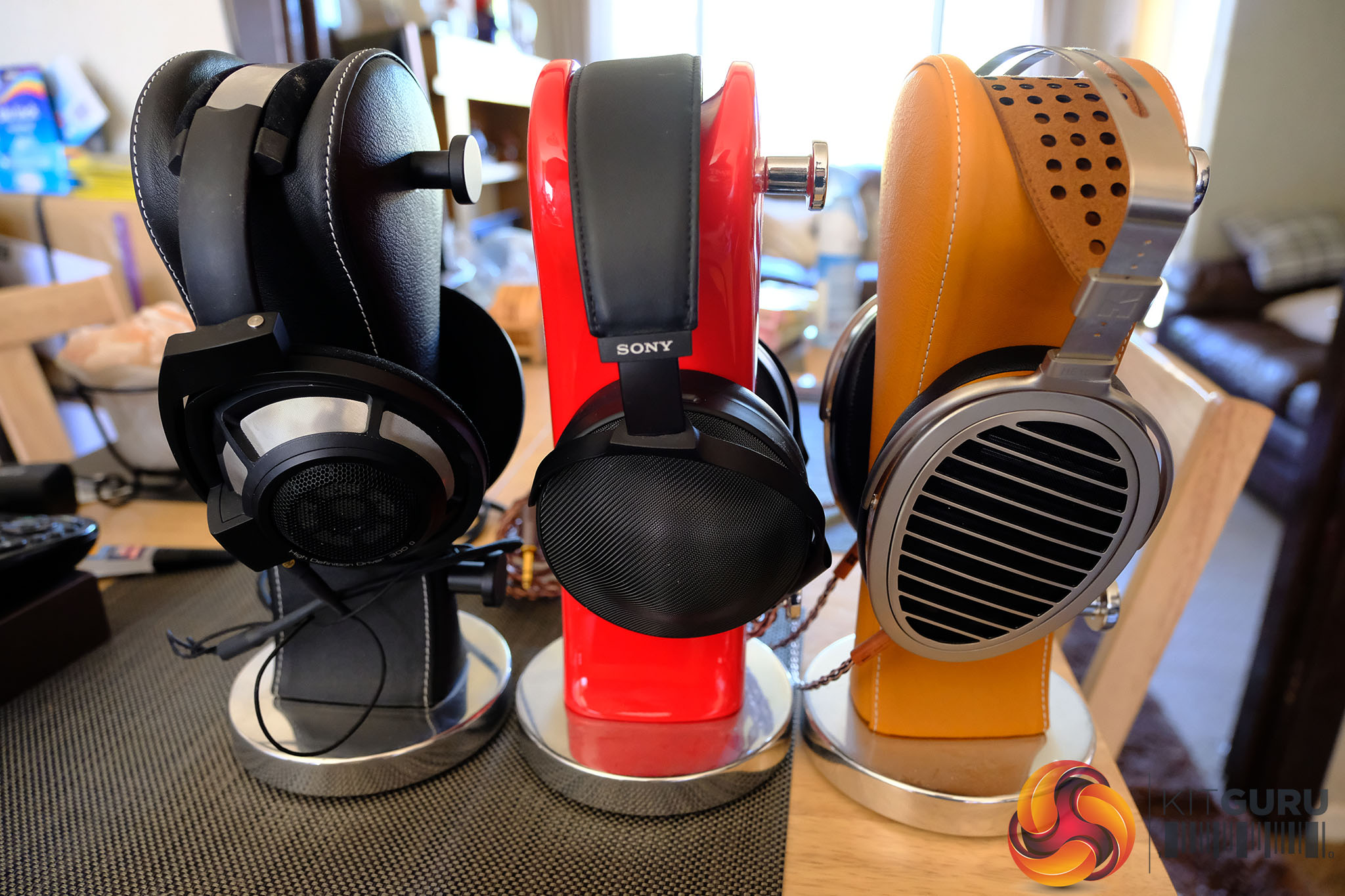
While I could discuss many headphones today, the three that win most of my head time are the (right) Hi-Fi Man HE1000 (Rev. 2 with Kimber Cable), (left) Sennheiser HD800S (with Cardas Cable) and the Sony MDR-Z1R . I had planned to review the HE1000 Rev 2 at the time of launch, but I got rather ill at the time and ended up forced into surgery, so I sadly consider this a missed opportunity for KitGuru.
For those interested, I did cover other headphones and configurations in previous articles which you can see HEREand HERE. I will be making some changes as those articles are now a little out of date, but all in due time.
 KitGuru KitGuru.net – Tech News | Hardware News | Hardware Reviews | IOS | Mobile | Gaming | Graphics Cards
KitGuru KitGuru.net – Tech News | Hardware News | Hardware Reviews | IOS | Mobile | Gaming | Graphics Cards


